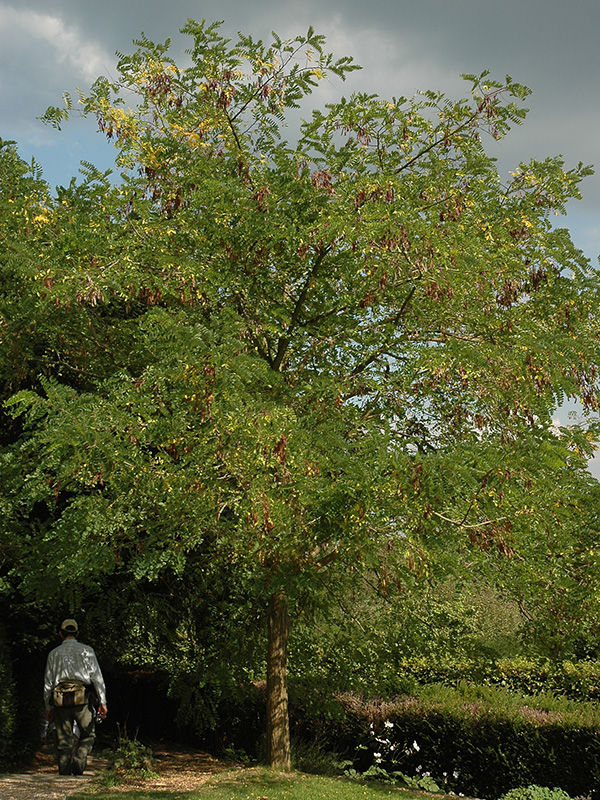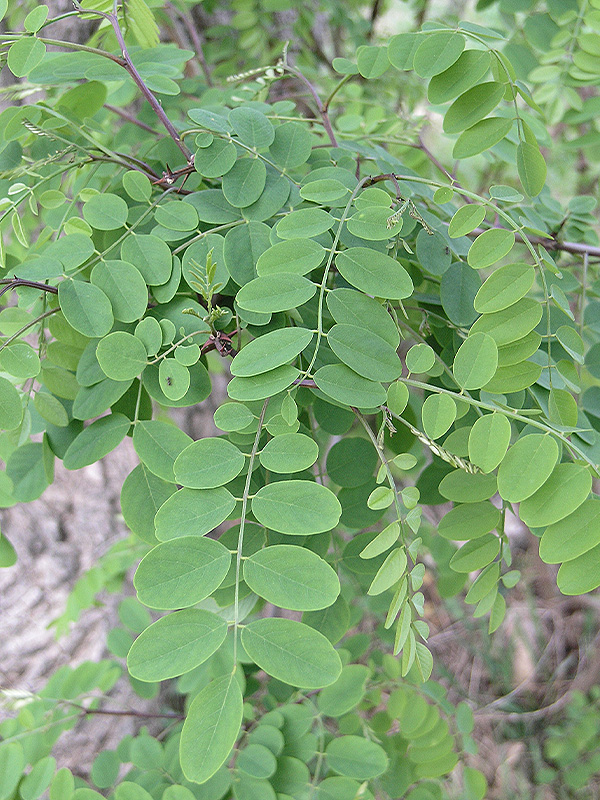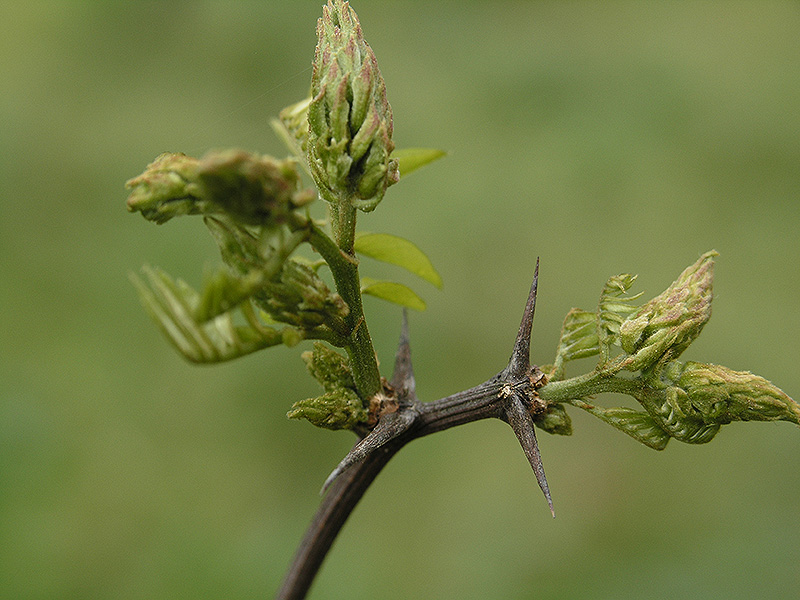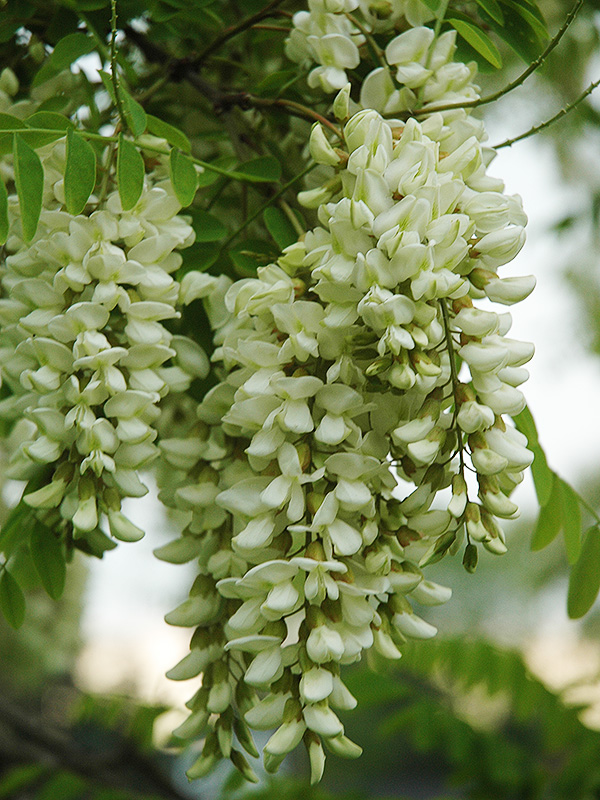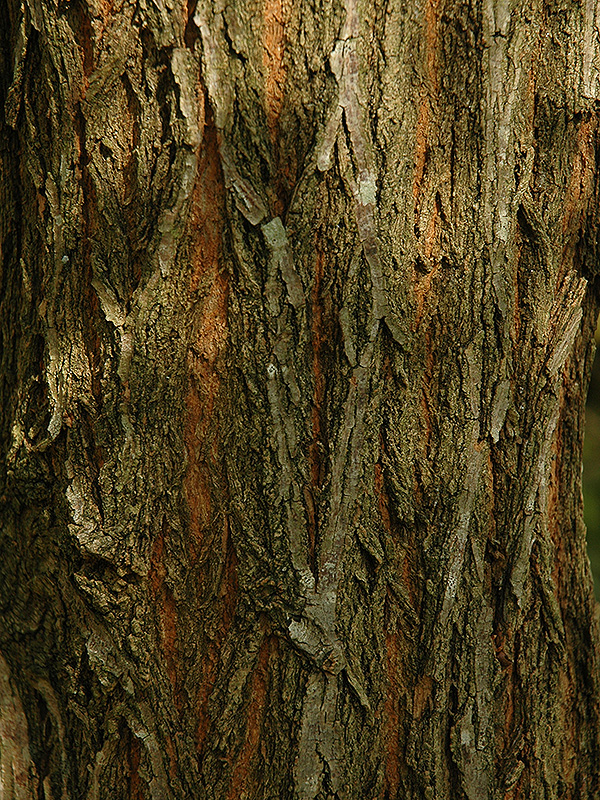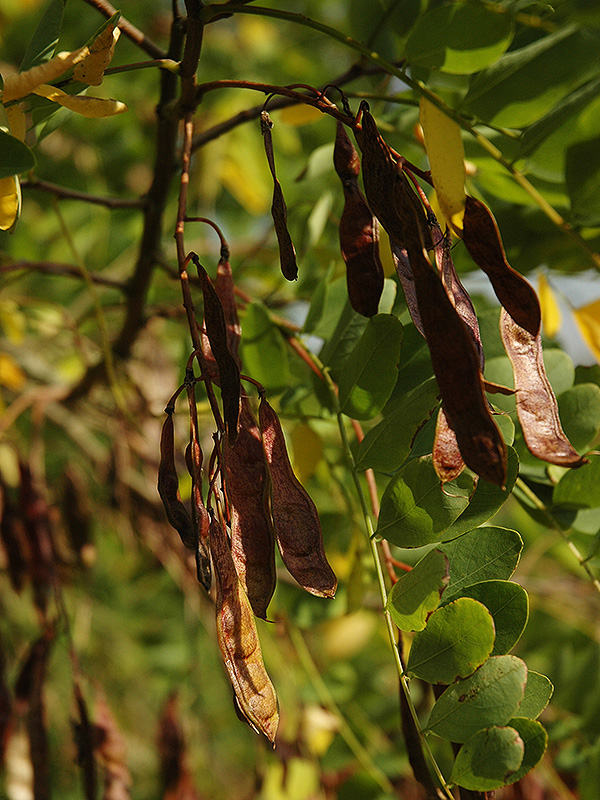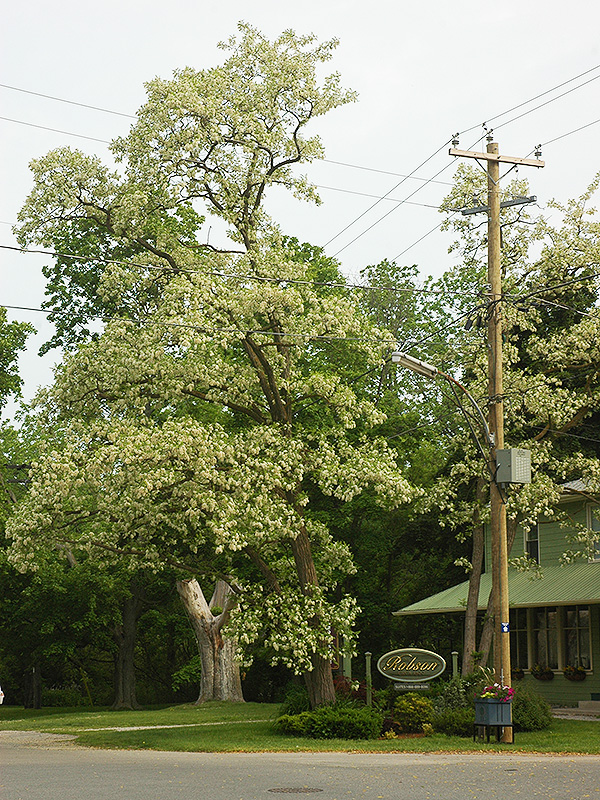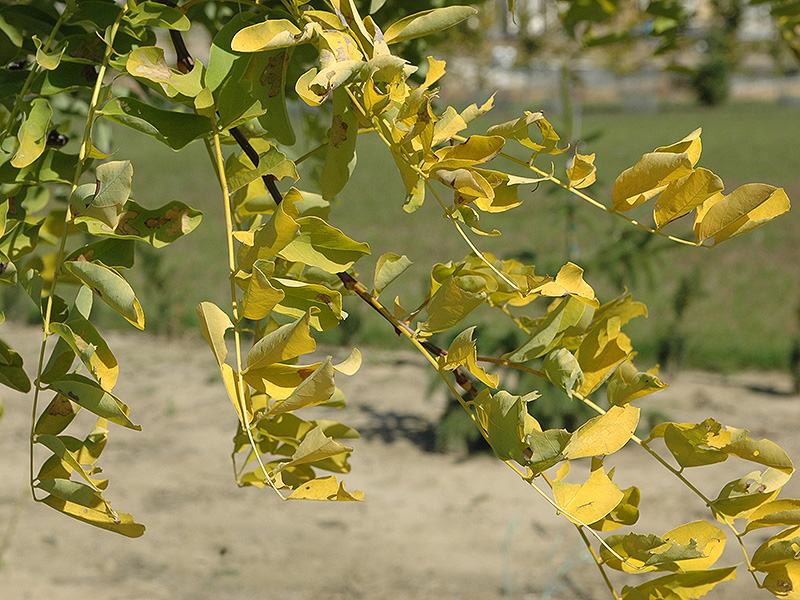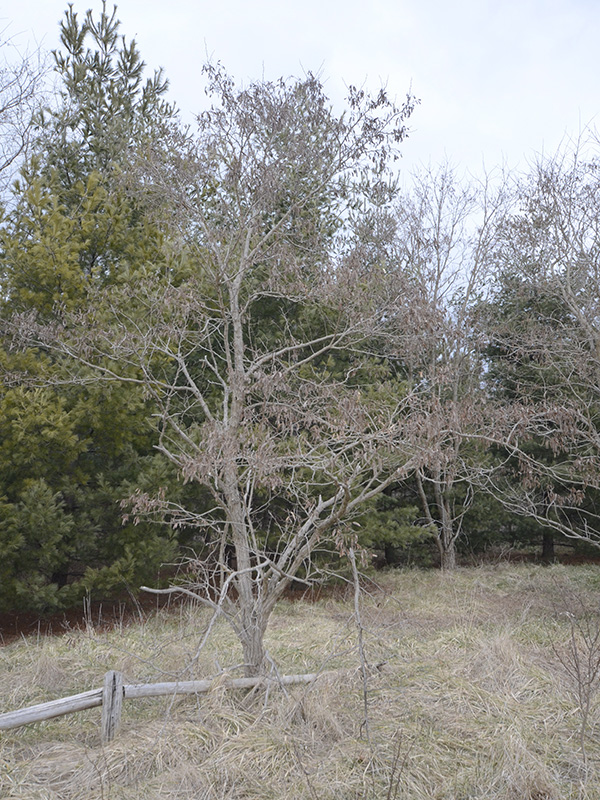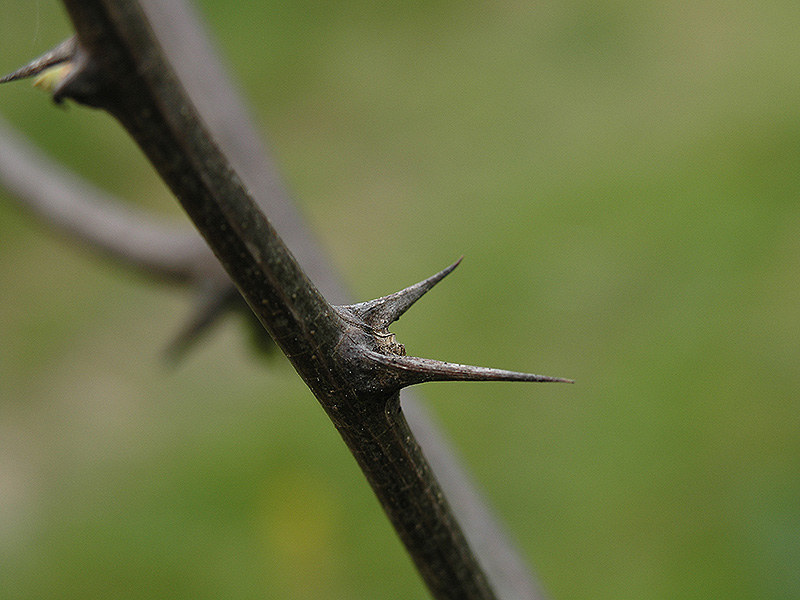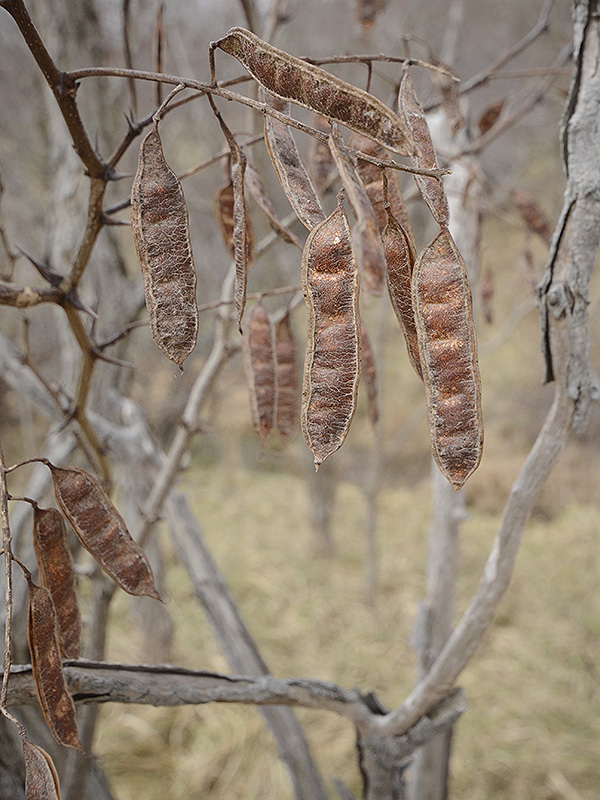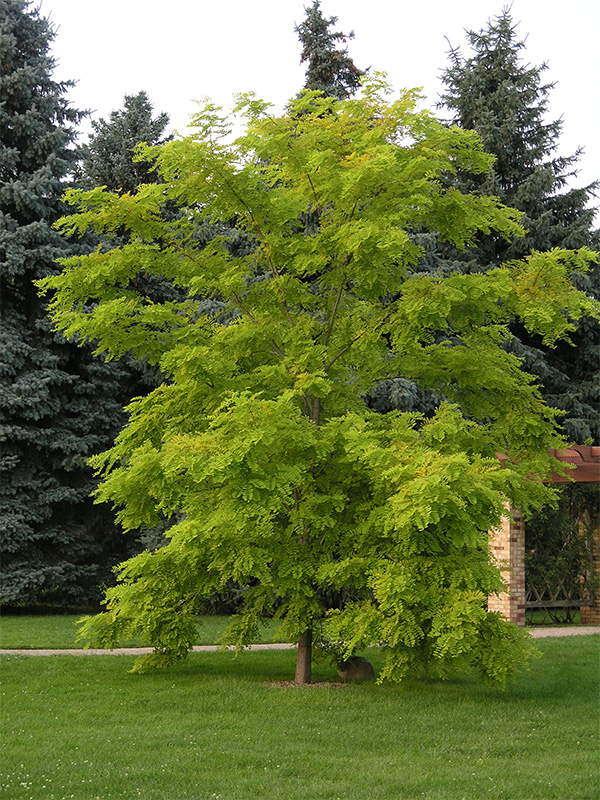
Woody > Robinia > Robinia pseudoacacia > Robinia pseudoacacia
Robinia pseudoacacia
Black Locust
Origin: Native to North America and introduced to Europe in 1636.
Mike's
Opinion


"
Good for parks and areas with poor soil, but not recommended for home landscape use because the tree drops a lot of twig litter and has weak wood.
Michael Pascoe, NDP., ODH., CLT., MSc. (Plant Conservation)
"
| Family |
| Fabaceae |
| Genus |
| Robinia |
| Species |
| pseudoacacia |
| Category |
| Woody |
| Type |
| Tree (deciduous) |
| Pronunciation |
| USDA Hardiness Zone |
| 4 - 9 |
| Canadian Hardiness Zone |
| 2a |
| RHS Hardiness Zone |
| H7 - H3 |
| Temperature (°C) |
| (-32) - (-1) |
| Temperature (°F) |
| (-25) - 30 |
| Height |
| 21-24 m |
| Spread |
| 6-10 m |
Photographs
Description and Growing Information
Flowering Period
| General Description |
| The Black Locust is a large strong wooded but weak twigged tree with small leaves, thorns and white flowers. |
| Landscape |
| Good shade in summer while allowing sun in winters. Suited as a windbreak, naturalization, or mass planting in marginal areas. Tolerant of heavy soils and pollution. |
| Cultivation |
| Full sun in harsh environments (poor soil, pollution, weather, compaction). |
| Shape |
| Upright form. |
| Growth |
| Fast |
| ID Characteristic |
| Small stubby thorns on stem and limbs, compound leaves, papery seed pods, aromatic flowers, very strong durable wood, can be an invasive species. Every part of the tree is said to be toxic but the flowers. |
| Pests |
| Canker, leaf spots, wood decay, witches broom, locust borer. |
| Habitat |
| Woods and fields of North America, Europe and Asia. |
| Bark/Stem Description |
| Red-brown almost black bark. |
| Flower/Leaf Bud Description |
| Round buds close together, approximately 10 mm in length. |
| Leaf Description |
| Large compound leaves 15-30 cm long with 9 - 12 narrow oval leaflets. |
| Flower Description |
| Aromatic nectar bearing cream white flowers in the spring 2.5 cm long borne in attractive, pendulous clusters to 30 cm in length. |
| Fruit Description |
| 7.5-10 cm long, thin and flat brown-black pods that ripen in autumn and hang on the tree until spring. |
| Colour Description |
| Dull dark blue-green leaves, yellow green in autumn. |
| Texture Description |
| Fine textured leaves. |
| Notable Specimens |
| Main St. Bayfield, Ontario, Canada. |
| Propagation |
| Seeds need to be soaked in hot water or acid to enhance germination. |
